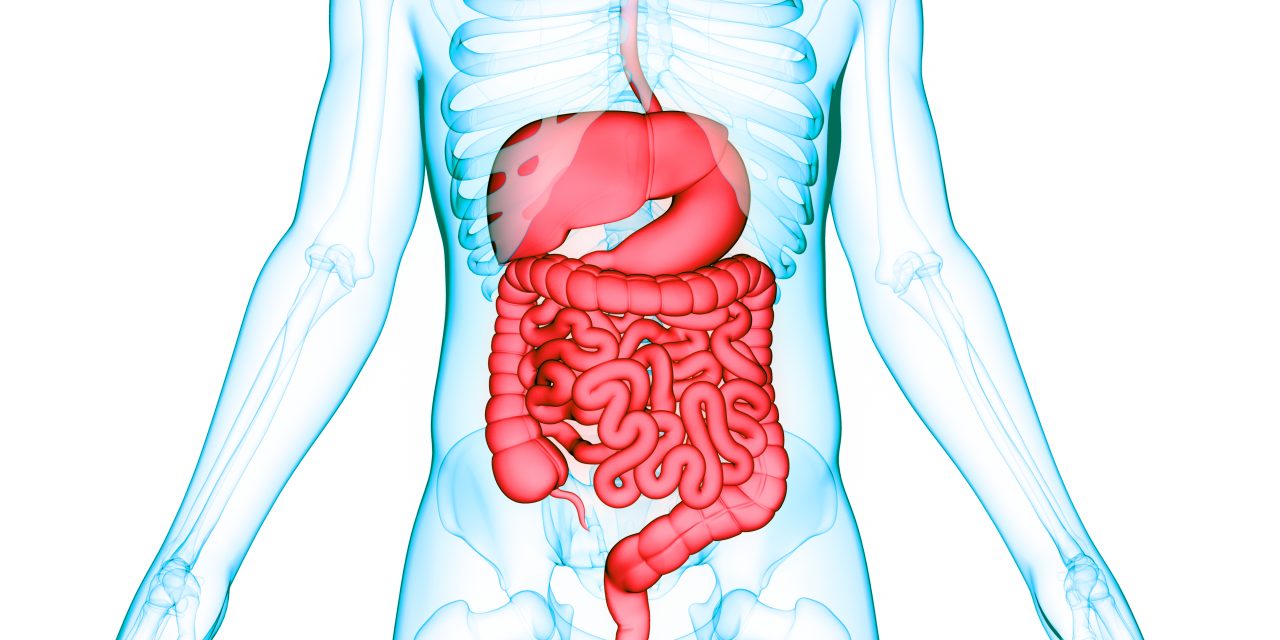Chronic hepatitis C virus (HCV) infection induces hepatic steatosis due to viral and host factors. However, information regarding the effects of direct-acting antivirals (DAAs) therapy on liver steatosis and fibrosis is limited. Vibration-controlled transient elastography (VCTE) with a controlled attenuation parameter (CAP) represents a non-invasive method, which has been used in the last few years for the detection of hepatic steatosis and fibrosis before and at a sustained virological response at 12 weeks (SVR12). The aim of this study was to assess the modifications of liver steatosis and fibrosis in HCV-infected patients who achieved SVR12. Consecutive patients with chronic HCV infection that were treated with DAAs in a tertiary gastroenterology center from Romania were included. Demographics, laboratory data, and VCTE evaluation were recorded in all patients. Patients with previous hepatic decompensation and those who did not achieve SVR were excluded. Two hundred and eighty patients (67.1% females) who achieved SVR12 were included. Regarding the changes in biological parameters, including liver enzymes such as alanine aminotransferase (ALT) and aspartate aminotransferase (AST), reduced to normal levels at SVR12 compared to the baseline (28.72 ± 24.71 U/L vs. 40.72 ± 27.34 U/L for ALT, < 0.013 and 27.21 ± 11.15 U/L vs. 33.35 ± 23.37 U/L for AST, = 0.029). On the contrary, the levels of triglycerides increased significantly from the baseline to SVR12 (124.03 ± 113.49 mg/dL to 153.78 ± 94.53, = 0.004). Regarding hepatic steatosis by CAP evaluation, at SVR12, 186 (66.4%) of the individuals had a CAP score of ≥248 dB/m, an increase of 4.6% from the baseline. After viral eradication with DAAs, we observed an increase in hepatic steatosis. Hence, a long-term follow-up is mandatory to identify HCV-infected patients with hepatic steatosis post-SVR and the risk factors for more severe outcomes.
Changes in Liver Steatosis Using Controlled Attenuation Parameter among Patients with Chronic Hepatitis C Infection Treated with Direct-Acting Antivirals Therapy Who Achieved Sustained Virological Response.


